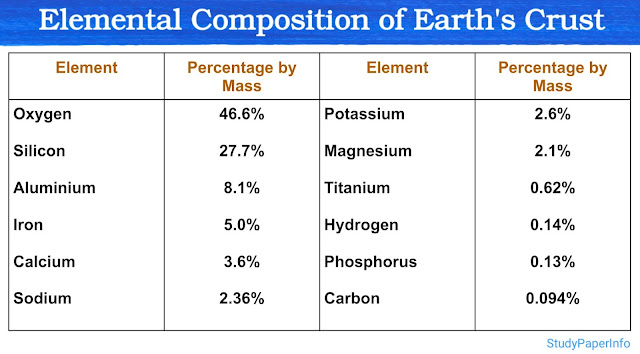What are the characteristics of sclerenchyma cells?
Sclerenchyma is a type of simple permanent tissue found in higher plants, mainly responsible for providing mechanical strength and support. These cells are specially adapted to offer rigidity to plant parts that are no longer elongating or growing. The word "sclerenchyma" is derived from the Greek word scleros, meaning "hard", which reflects the tough nature of these cells.
The following are the key characteristics of sclerenchyma cells:
1. Dead at Maturity:
Sclerenchyma cells are non-living when they reach maturity. They lose their protoplasm, making them metabolically inactive. This feature is important because their primary role is to provide support, not participate in physiological processes.
2. Highly Thickened Cell Walls:
One of the most important features of sclerenchyma is the presence of very thick secondary cell walls. These thick walls are uniformly thickened and are rich in lignin, a complex and hard organic substance that adds rigidity and impermeability to the cell wall.
3. Narrow Lumen:
Due to the heavy deposition of lignin on the inner surface of the cell wall, the lumen (central cavity) of the sclerenchyma cell becomes very narrow or almost absent. This makes the cells extremely rigid and strong.
4. Two Main Types – Fibres and Sclereids:
There are two types of sclerenchyma cells based on shape and location:
- Fibres: These are long, narrow and tapered cells usually arranged in bundles. They are commonly found in stems, bark and vascular tissues.
- Sclereids: These are short, irregular-shaped cells. They provide stiffness and hardness to plant parts like seed coats, nutshells and the gritty texture in pear fruits.
5. No Intercellular Spaces:
Sclerenchyma cells are usually tightly packed, with little or no intercellular space, which contributes to the compactness and strength of the tissue.
6. Provides Mechanical Support:
The main function of sclerenchyma cells is to provide structural support to those parts of the plant that have stopped growing. They are especially abundant in mature regions of the plant, such as stems, roots and vascular bundles.



Comments
Post a Comment